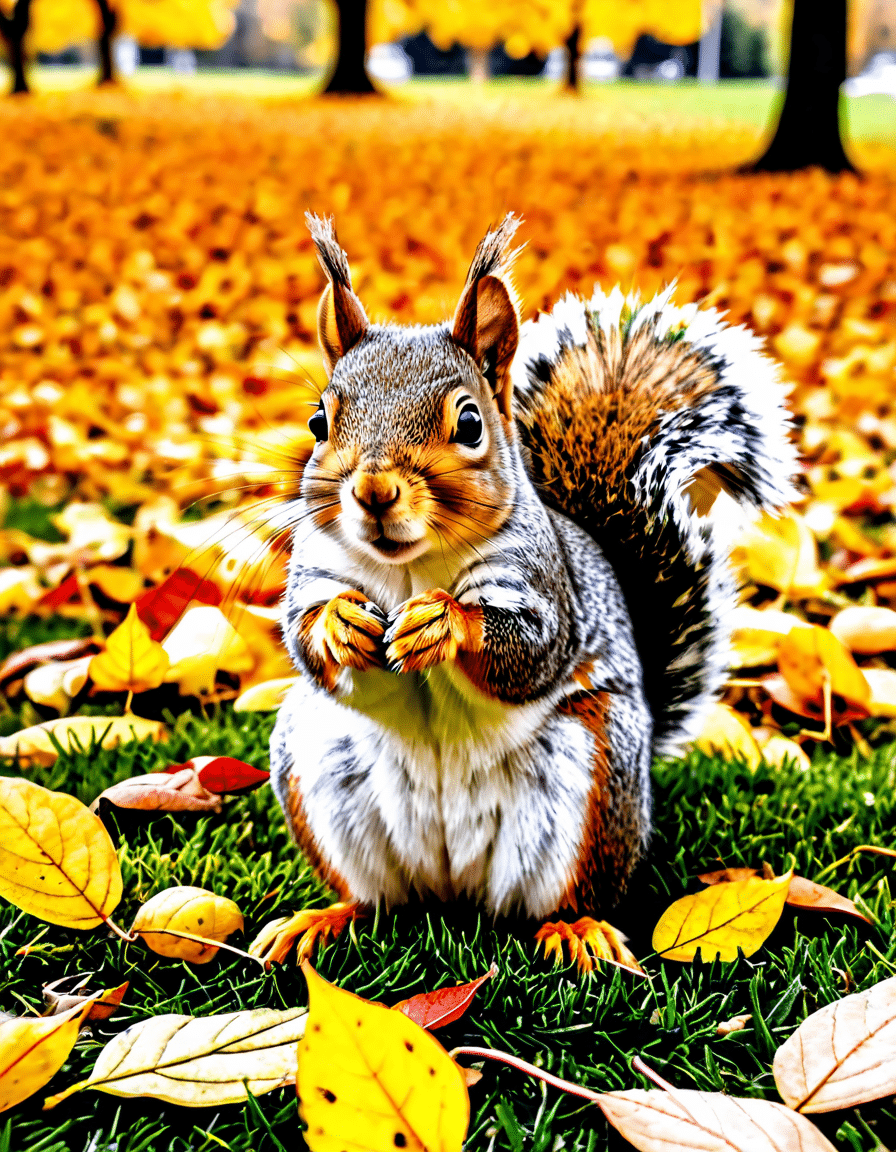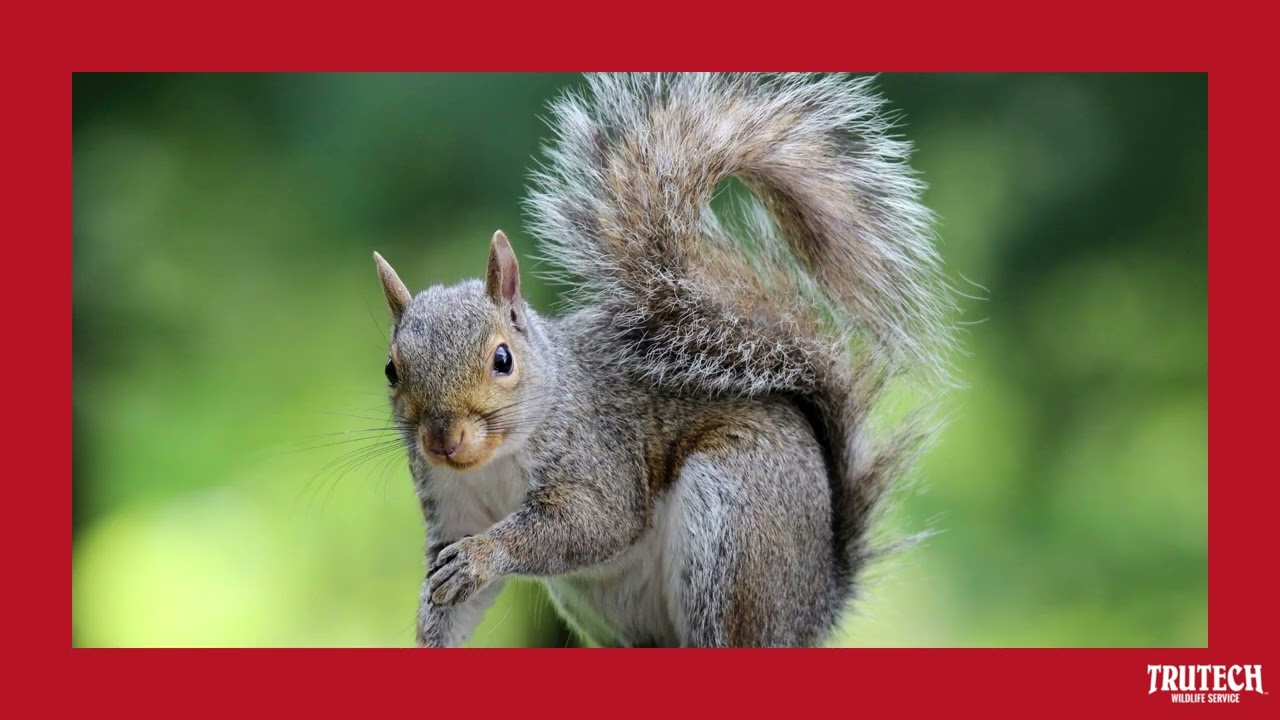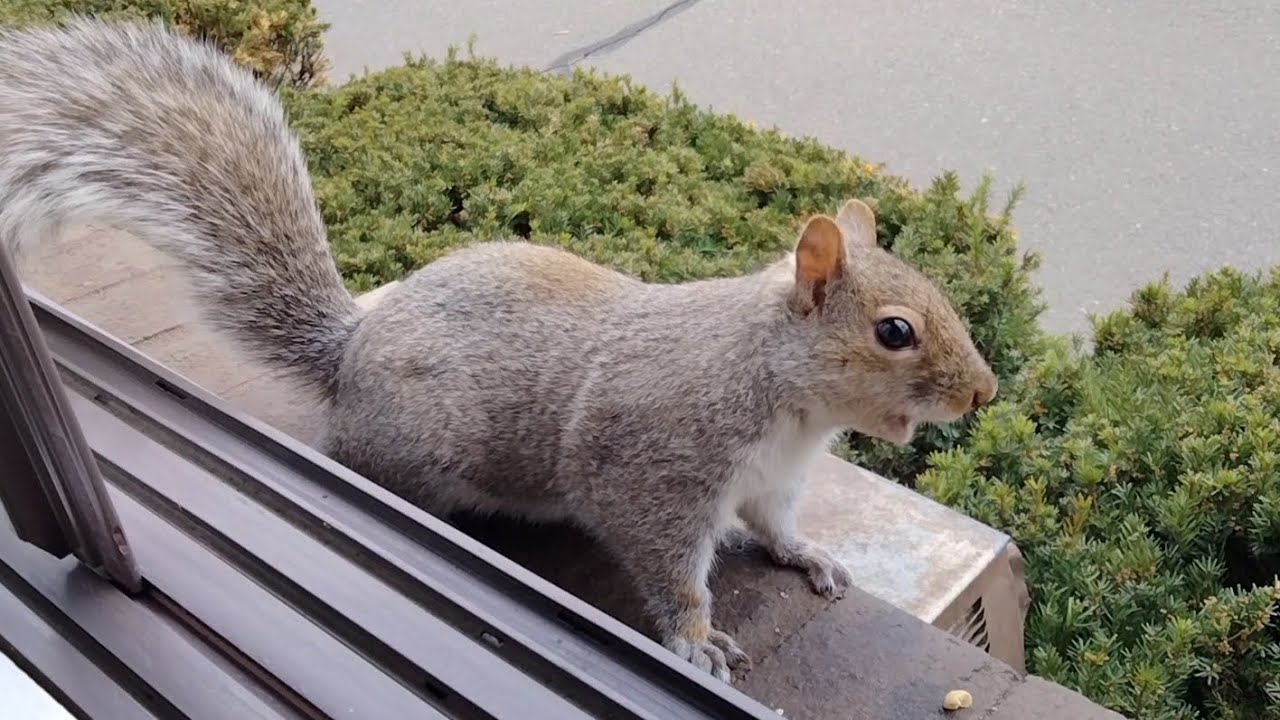Understanding the various sounds squirrels make is crucial for both wildlife enthusiasts and pet owners living in urban or suburban areas. You might find yourself wondering, “What noise does a squirrel make?” Well, those vocalizations reveal much about their behavior, emotions, and how they interact with their surroundings. In this article, we’ll dive into the different noises squirrels produce and the significance of these sounds in shedding light on their social dynamics.
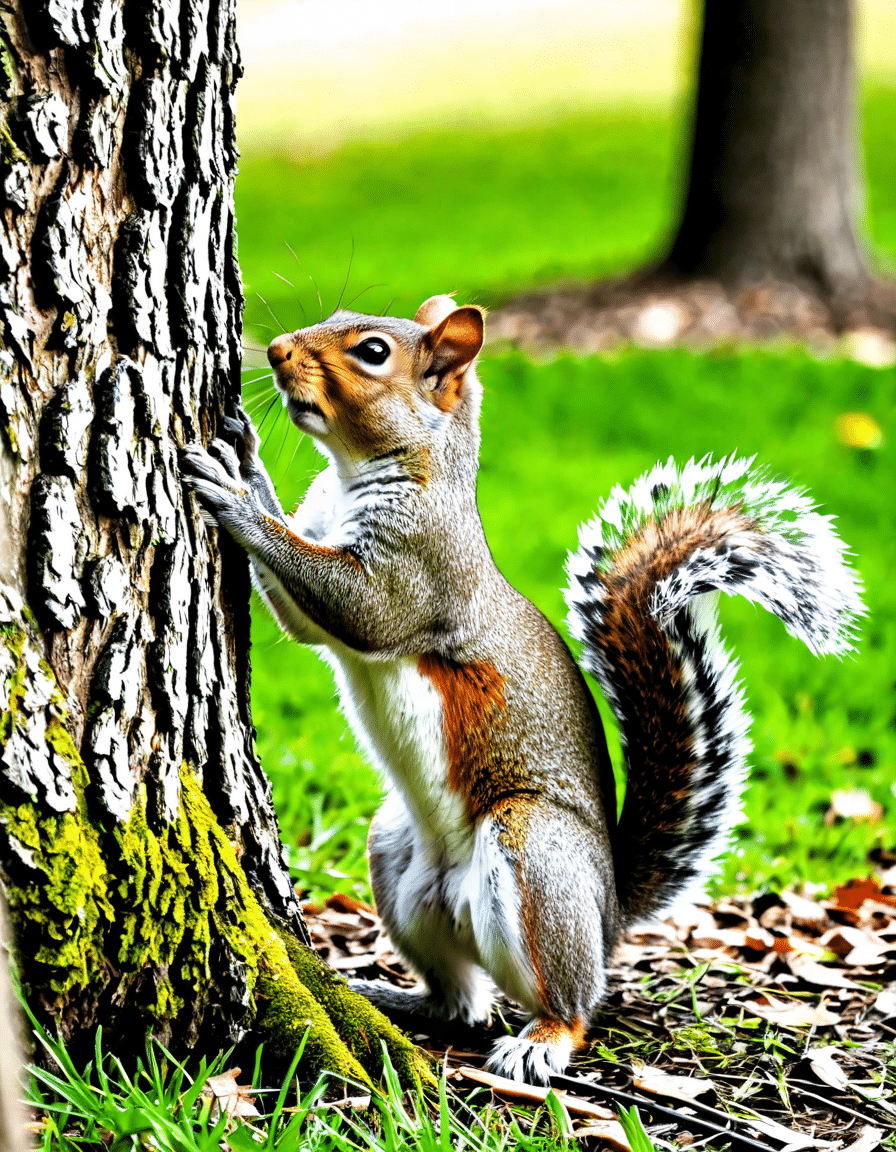
Top 6 Sounds and Their Meanings: What Noise Does a Squirrel Make?
Chirps are one of the most common sounds squirrels produce. These short, high-pitched noises can signify various things, from alarm calls to friendly greetings. For instance, a squirrel might chirp when it spots a potential predator, alerting others in the area to take caution. If you’ve ever heard squirrels chattering away in your backyard, chances are their chirps were part of a friendly banter or a flocking alert.
Often confused with the barks of domestic dogs, a squirrel’s bark is a quick, sharp sound that serves as a warning. This noise typically indicates distress or the presence of a threat. Observational studies have shown squirrels use this sound almost exclusively during perilous moments, reinforcing their survival instincts. Next time you hear that bark, take note: something’s up in the neighborhood!
This peculiar sound resembles a loud tapping noise used primarily during mating season. Male squirrels drum against tree trunks to attract females, signaling their presence and readiness to mate. A 2021 study reported that drumming can also help establish territory among competing males, making it a crucial sound during mating rituals and disputes.
Chitters are rapid sequences of chirps often used during playful interactions among young squirrels. This sound not only fosters social bonding but also aids in developing their vocal skills. Researchers at the University of Washington found that young squirrels greatly benefit from these lively exchanges. So, next time you see a bunch of young squirrels frolicking around, listen closely for those joyful chitters!
Occasionally, squirrels produce low growls, particularly when they feel threatened. This defensive vocalization can signal aggression or discomfort. Observing growl sounds helps wildlife experts create safer habitats for urban squirrels, especially in crowded areas. If you ever hear a growl, it’s a good sign that those little furballs feel cornered, and it’s best to give them some space.
Surprisingly, the absence of noise can be just as telling as sound itself. Feeding or resting squirrels will often remain silent to avoid drawing attention from predators, indicating they’re in vulnerable situations. A 2023 research project revealed that quieter squirrels perceive their environment as riskier. So, if you notice a squirrel keeping mum, it’s likely being extra cautious!
What Sound Does a Squirrel Make in Comparison to Other Wildlife?
When you think about the noises in nature, squirrels aren’t alone in their vocal expressions. Let’s bring in the sounds rabbits make to draw a comparison. Typical rabbit noises, like soft whines, growls, and purring, often express states of comfort, nervousness, or distress. As you can see, understanding what sound does a rabbit make can aid in pet care and wildlife observation as well.
Both species have tailored their vocalizations to their unique behavioral landscapes, showcasing their evolutionary paths. For instance, while a squirrel barks in response to danger, a rabbit may thump its feet as a warning, showing just how different animal species navigate threats. This knowledge serves to deepen our appreciation of animal communication and enrich our interactions with them.
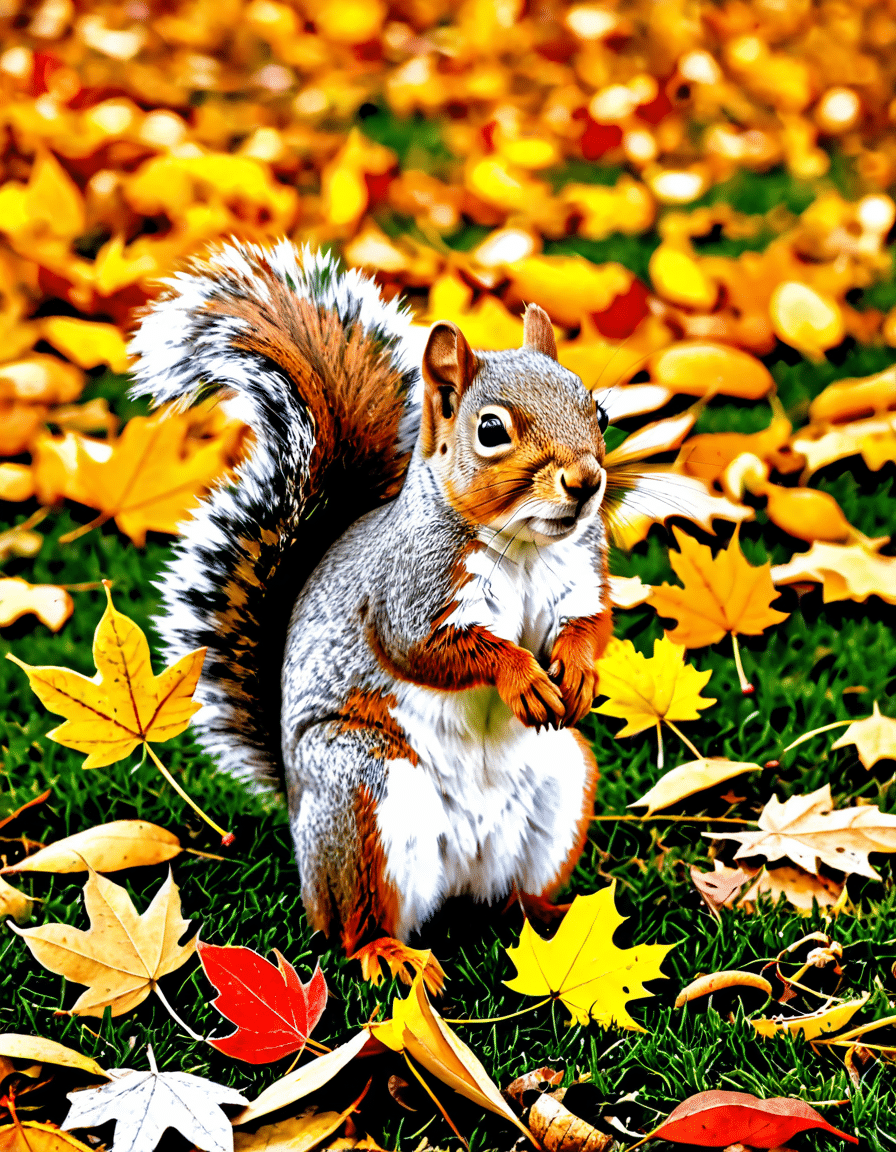
Why Understanding Squirrel Sounds Matters
Recognizing what noise a squirrel makes is crucial for numerous reasons:
By recognizing and appreciating the various noises squirrels make, we can gain richer insights into their behaviors and interactions within ecosystems. This knowledge not only benefits squirrels but also enhances the environments they share with us.
In conclusion, the next time you hear a squirrel, ask yourself—what noise does a squirrel make? It’s a question that can open the door to understanding wildlife even better, bridging our worlds together. Engaging with nature’s vocalists like squirrels doesn’t just help us understand them, but ultimately enriches our lives. So go ahead, listen closely, and enjoy the symphony of nature right outside your door.
What Noise Does a Squirrel Make: Fun Facts and Trivia
Squirrels are more than just tree-dwelling acrobats; they’re highly communicative little critters! When you think about what noise does a squirrel make, you might picture a series of chirps and chitters. These sounds actually serve as alarms to warn other squirrels of potential threats. Interestingly, they’ll adapt their calls based on the kind of predator lurking around, showcasing their keen survival instincts. In fact, did you know that these agile mammals can communicate specific details about predators—like their size and type—just through their unique noises? Talk about clever!
Now, let’s dive into some fun trivia. Squirrels are known to create a wide range of vocalizations—from sharp barks to squeaks and even rattling sounds. Each noise carries its own meaning. For example, the famous doodle mix also engages in various playful sounds to express excitement. However, squirrels utilize their vocal talents differently, with certain calls acting as mating calls or requests for help. Imagine if your dog could just tell you to fetch the best waterless shampoo For Dogs To replace bath without saying a word!
Most folks don’t realize that a squirrel’s tail plays a significant role in communication, too! Aside from being a great balance aid during their daring leaps, squirrels use their bushy tails to signal their feelings; have you ever seen a squirrel flick its tail when it’s anxious? At the same time, it can act like a weather vane, helping them gauge wind direction for those all-important acrobatic stunts—or even how to best position themselves to avoid the Ksn radar when searching for food. In their busy lives, these creatures are always on the lookout, and their ability to react swiftly to changes surrounding them surprises many.
Finally, it’s fascinating to think about how humans and animals communicate their feelings and experiences. Whereas humans may rely on complex sentences or facial expressions, squirrels excel with a few simple sounds and body language. Similarly, understanding animal behavior can be crucial for pet owners, like knowing when to intervene if your pet is feeling stressed or scared. So, next time you’re outside enjoying nature, take a moment to listen closely. Embracing both the furry delights and their sounds not only enhances your experience but brings you one step closer to understanding their vibrant lives!
